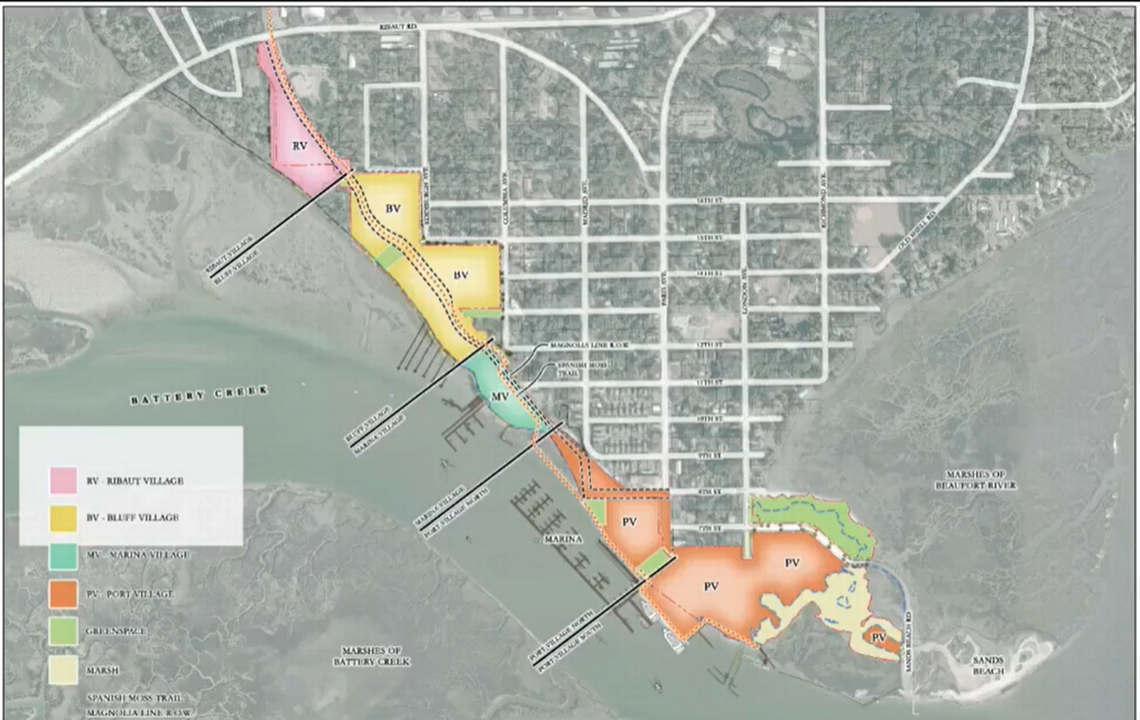Port Royal residents question waterfront rental housing plan: Does it pass “the smell test”?
The Beach Company recently told Port Royal officials that it must build more than 200 townhomes and some 30 single-family homes — and rent them all — in order to make a housing project along the town’s prime waterfront “pencil out.” It was an about face from the original pitch of building owner-occupied housing. The Charleston-based developer cited several factors for the change in direction. One was that state environmental rules regarding cleaning up of polluted property “won’t allow for a for-sale deal down there.”
Local officials and residents in the town are pushing back on that contention. For one, they ask, why is it OK to build rental property on a site with soil contamination if it isn’t suited for owner-occupied housing? State environmental officials say the rules regarding land with contamination don’t expressly prohibit for-sale homes.
“I guess my bottom line was what they said just doesn’t pass the smell test,” said Phillip Alling, a Port Royal resident who went before the Port Royal Town council Wednesday to express his concerns about the rental project for the site.
Some soils along a former railway line at the Port Royal site have elevated levels of arsenic, according to state Department of Health and Environmental Control (DHEC).
Safe Harbor Marinas has entered a voluntary cleanup contract (VCC) under DHEC’s Brownfields program to deal with the contaminated soils so it can redevelop the land. Through a VCC, a business that did not pollute the property can receive liability protections, grants and tax breaks if it agrees to assess and clean up the property.
Robert Hodges, manager of DHEC’s Brownfields Program, said there are no specific regulations that bar a developer from building for-sale housing on Brownsfields lands.
“They certainly can build individual for sale homes,” Hodges said, “but in order to do that they must ensure it is environmentally clean — so a level suitable for unrestricted use. And sometimes that can be onerous, so rather than do that it’s their choice to (build) for rent.”
Safe Harbor Marinas, the main developer of the Port of Port Royal waterfront, is planning a full-service, 151-slip commercial marina, and more than 200 housing units in the initial phase, as part of a redevelopment of the Port of Port Royal billed as a “world-class boating destination.”
The project is planned for the town’s western border, from Sands Beach to Ribaut Road, and will have a long-lasting impact “for better or for worse,” says Kevin Phillips, a member of the Town Council.
“I haven’t heard one person in the community be excited about what was presented,” Phillips said.
Questions about the redevelopment of Port of Port Royal, including the residential housing portion, have risen since Safe Harbor Marinas and The Beach Company gave project updates at a Town Council meeting Aug. 9.
The updates were a long time coming for anxious residents hungry for even scraps of information about the work unfolding along the shores of Battery Creek a stone’s throw from the historic downtown. It was the first time in 18 months since Safe Harbor bought the property that details of the proposed housing were shared.
While Safe Harbor is overseeing the marina plans, they brought in The Beach Company to handle housing development. Safe Harbor is planning to sell the land where the housing is planned to The Beach Company. But that deal has yet to close. That’s another detail that has residents asking questions. Safe Harbor is the largest marina manager in the world.
The Port of Port Royal redevelopment was pitched as bringing value and something special to Port Royal, whose motto is “cool, coastal and far from ordinary,” Phillips noted. The town wants a special project “that will stand the test of time,” and not something “fast and quick,” he adds.
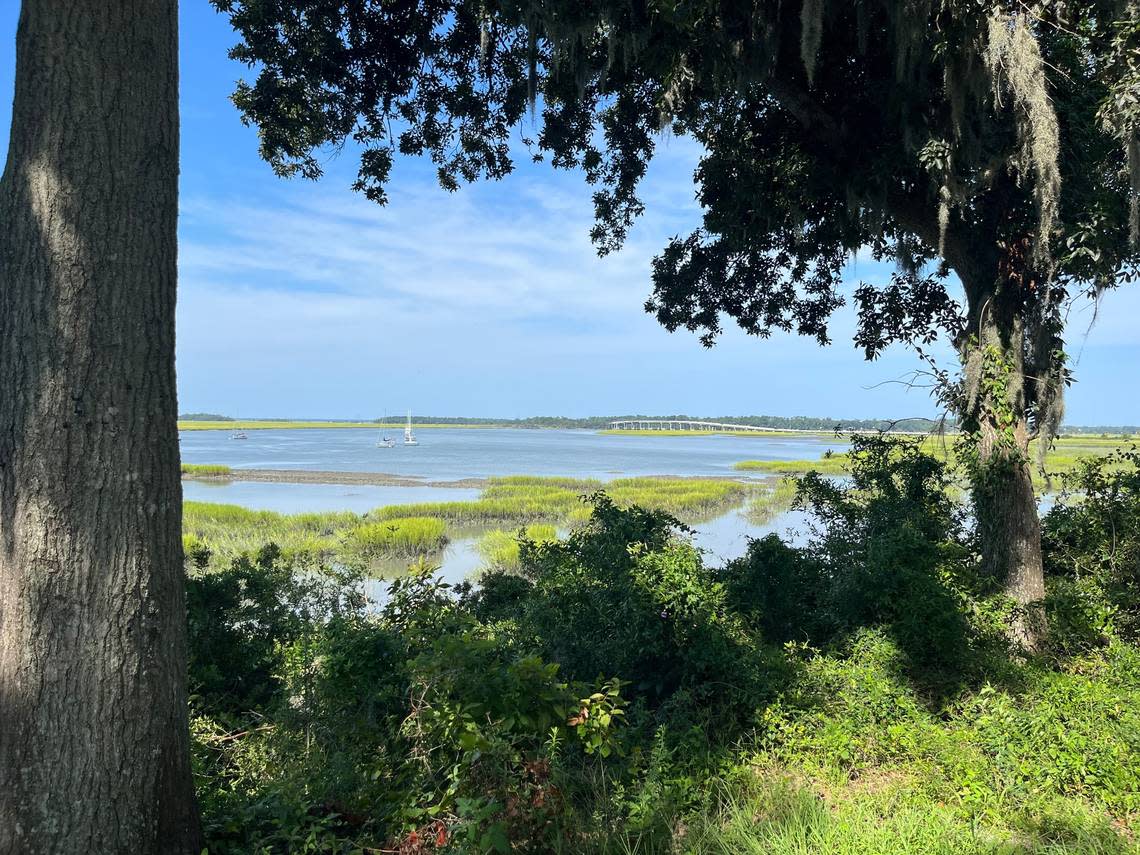
JC Darby, The Beach Company’s development manager, told town officials last month that a “perfect storm” of site conditions had driven up infrastructure costs, including the environmental issues and a steep grade that will require significant leveling. He also mentioned rising interest rates. Those factors, he said, forced the company to abandon the original plan featuring for-sale single family homes in favor of a “build to rent” development.
“You can’t do a for-sale deal down there because of the environmental regulations DHEC has put forward,” he said.
Town Manager Van Willis says the town is now seeking is investigating laws regarding building rental units versus owner-occupied.
“I’ve asked our lawyers to look at it,” Willis said. “More to come.”
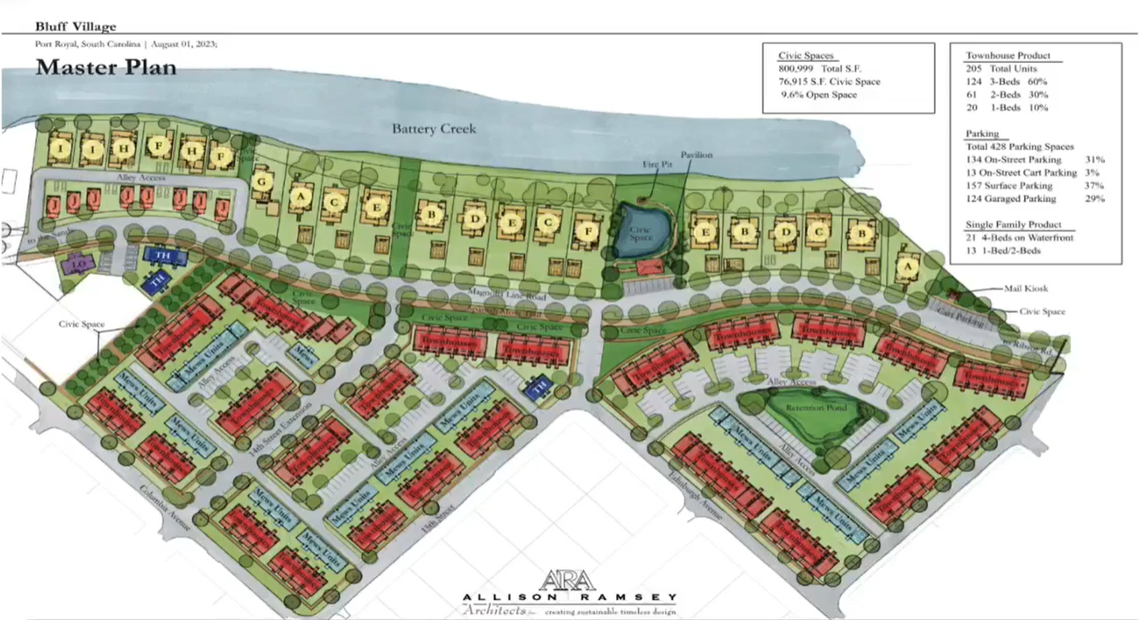
If a developer wanted to build individual single-family homes and sell the lots, said Hodges, the DHEC official, “they would actually remove the contamination. We can’t just cover it up and say it is now yours to do with what you want.”
With a rental townhouse plan, pollution could be covered with new soil or pavement or buildings. And one property owner would control access to the entire property, including landscaping, on a long-term basis, thereby limiting potential exposure, Hodges said.
“That’s why they build these townhome communities where it’s rental rather than ownership so we have long-term stewardship,” Hodges said. “Long-term stewardship is what we want to see from the landowner. So we want to have just one landowner who maintains protective measures, rather than individual homeowners.”
The Beach Company’s preliminary plans now call for building 205 townhomes and 34 single-family homes — all rental units — in the first phase of the development called “The Bluff.” Darby called it a “wonderful piece of property.” The project, he says, will still fit the fabric of the community and take into account its history and culture.
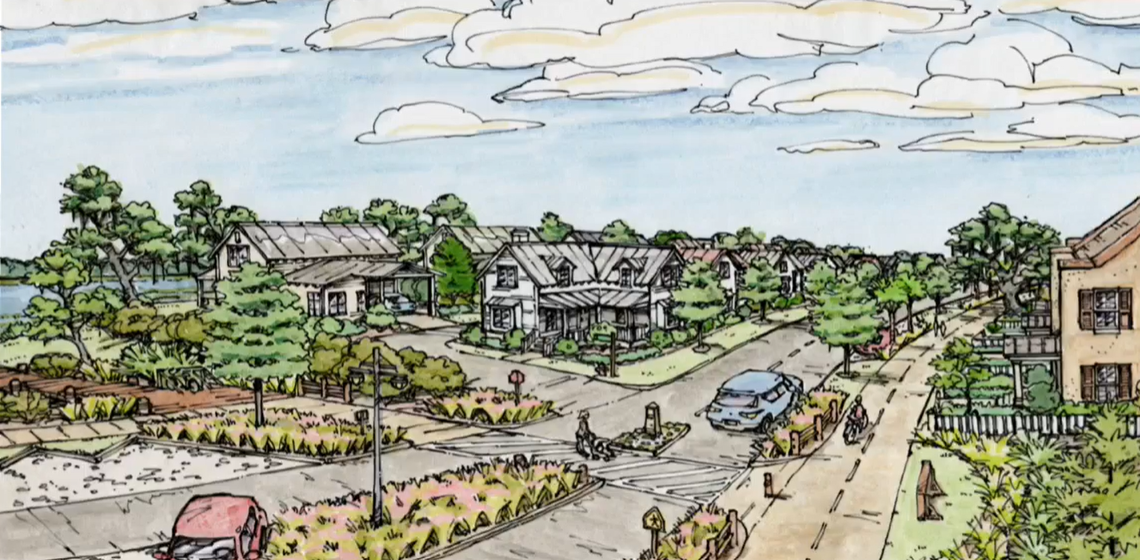
Phillips noted that the original plans in the first phase called for 90 single-family homes that would be for sale.
“How is a renter somehow better for them than selling a house, from a contamination point of view?” Phillips said.
He worries that the “build to rent” neighborhood, which is a new concept, could end up “as a line item on a hedge fund quarterly report.”
“For two years we really don’t see anything, and when we do it’s a brand new idea where nobody has any idea how it will affect the community,” he said.
Phillips, noting rents are high in the area, asked at the meeting whether a percentage of the townhouse and single-family rentals would be set aside for work-force housing. The Beach Co.’s Darby, noting that the plans are preliminary, said he could not guarantee that at this point. Year-long leases likely would be pursued.
Mark Davis-Cote, vice president of Beaufort Jasper Board of Realtors, said he isn’t familiar with the details of Port Royal project and knows of just one other “build-to-rent” development in the county. But the concept is gaining popularity across the country, he said.
“From my Realtor perspective, more housing options is a good thing, especially when the inventory is so low and the interest rates and insurance costs are higher now than they were for the past few years, thus squeezing more potential buyers into the rental market,” Davis-Cote said.
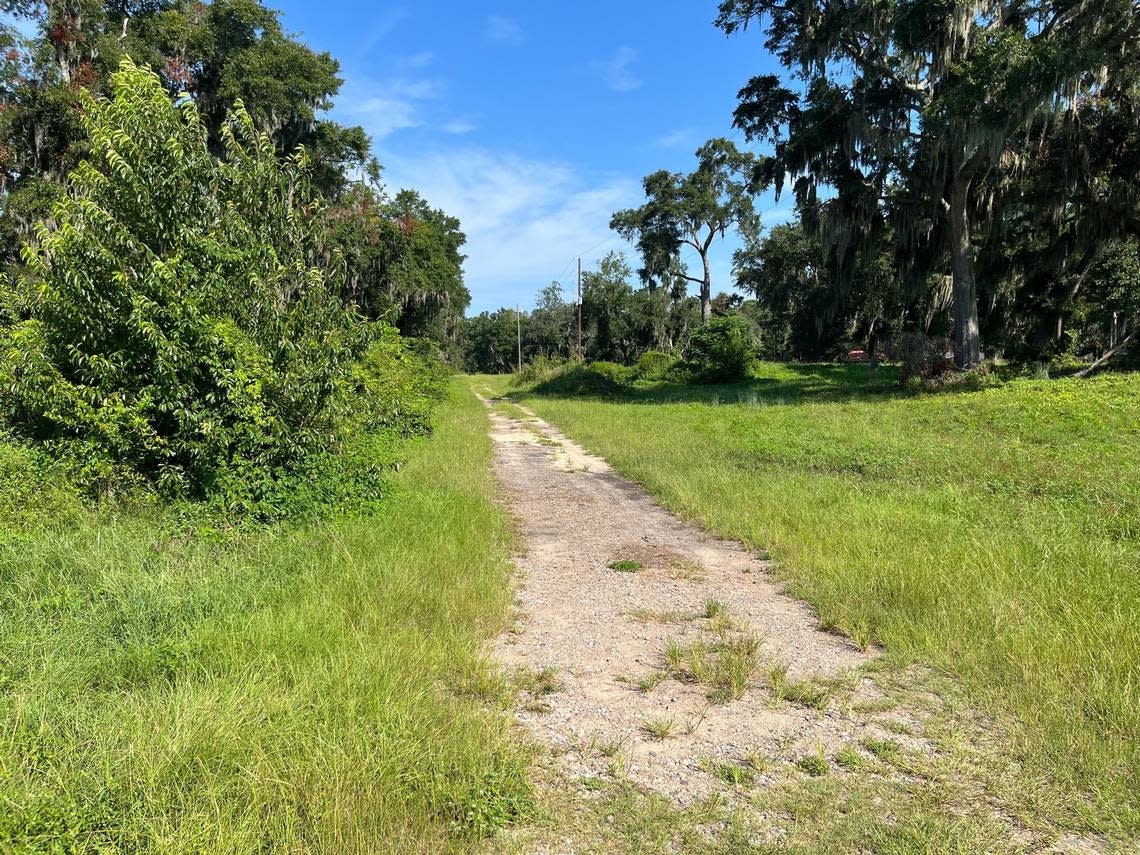
Questions also are being asked about the marina and boatyard development portion of the waterfront redevelopment.
In the purchase, Safe Harbor acquired a large dry-stack boat storage business. It’s expanding the boat storage on the site.
“I’m not pleased with the eyesore of having to look at those cranes day in and day out every week,” said Darryl Owens, another member of the Town Council.
But Safe Harbor, he said, has made it clear that the cranes are going to remain on the site. The cranes are being used to help assemble marina materials for another project, in Charleston.
The town can’t dictate the housing development as long as it’s compliant with the zoning, Owens added.
“We can encourage people to somewhat align themselves with our vision, but as long as it’s compliant with the PUD (planned unit development), our hands are somewhat tied,” Owens said.
Phillips says it’s difficult to determine from the plans that have been shown how big the boat yard is going to be and what portion will be set aside for the public park and promenade. Right now, he notes, the plans for that area just say “future development.” The public amenities, Phillips argues, may be the most important part of the plans as far as many residents are concerned.
Judy Alling, a member of the Metropolitan Planning Commission, which reviews major subdivisions, pleaded with the council to work with The Beach Company on reducing the number of units and how many trees are removed, expecially in light of the stringent tree ordinance the town passed in April.
“The numbers they put out in their presentation were really quiet staggering,” Judy Allings said.
